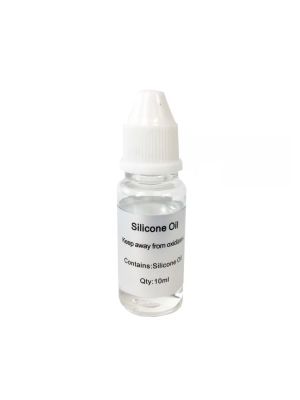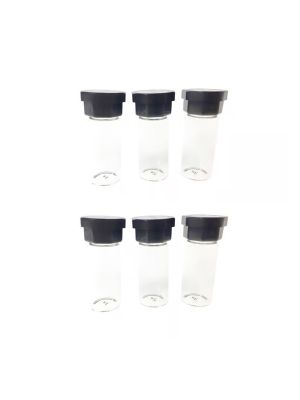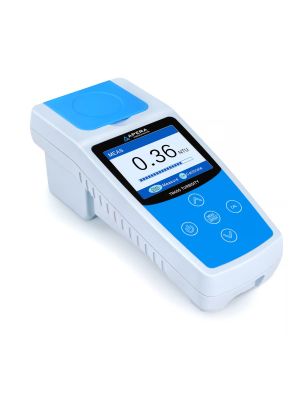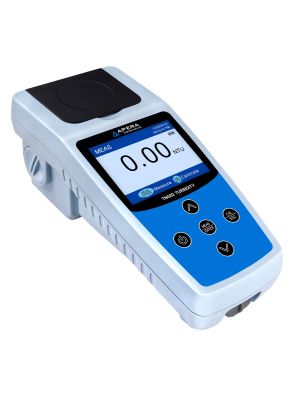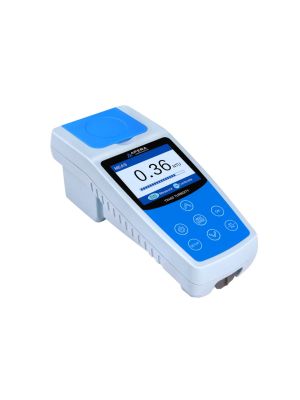Turbidity Meter
Turbidity meters are analytical instruments used to measure the amount of suspended particles, such as solids or colloids, present in a liquid sample. They are commonly used in water treatment, wastewater management, environmental monitoring, and industrial processes to ensure the quality and safety of the water being treated or processed.
Turbidity meters work by shining a light through a sample of the liquid and measuring the amount of light that is scattered or absorbed by the suspended particles in the sample. The amount of scattered or absorbed light is proportional to the turbidity, or cloudiness, of the liquid, and is expressed in units of nephelometric turbidity units (NTU) or Jackson Turbidity Units (JTU).
Turbidity meters may use different technologies to measure turbidity, such as nephelometry, turbidimetry, or laser light scattering, and may have different measurement ranges and accuracies depending on the application. They may also feature different sample handling systems, such as flow-through cells, cuvettes, or dip probes, and may offer various options for data logging, calibration, and communication with other devices.
Turbidity meters are an important tool for ensuring the quality and safety of water, and are used in a variety of industries and applications.

